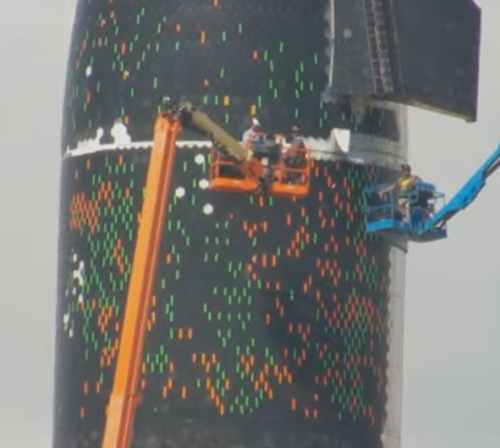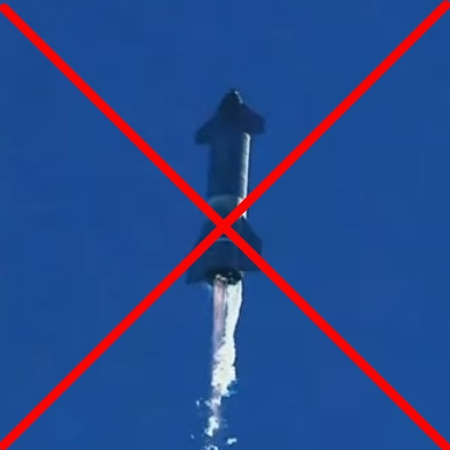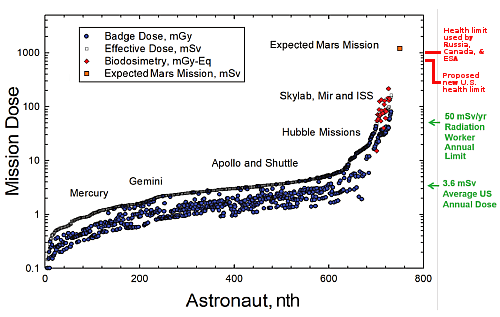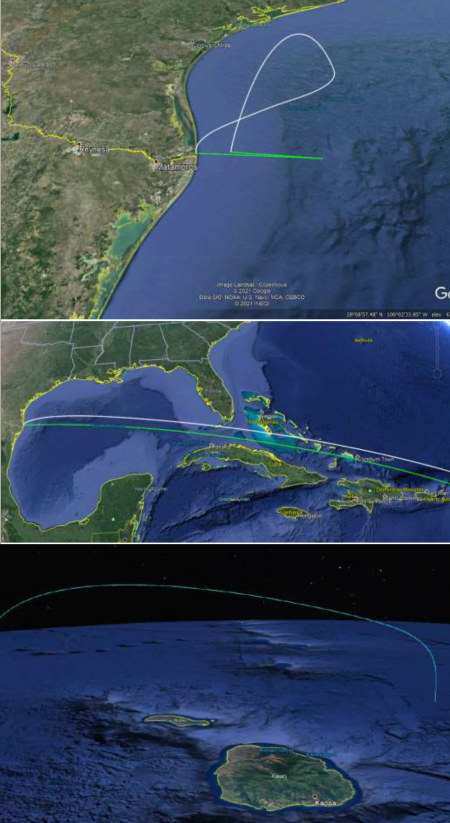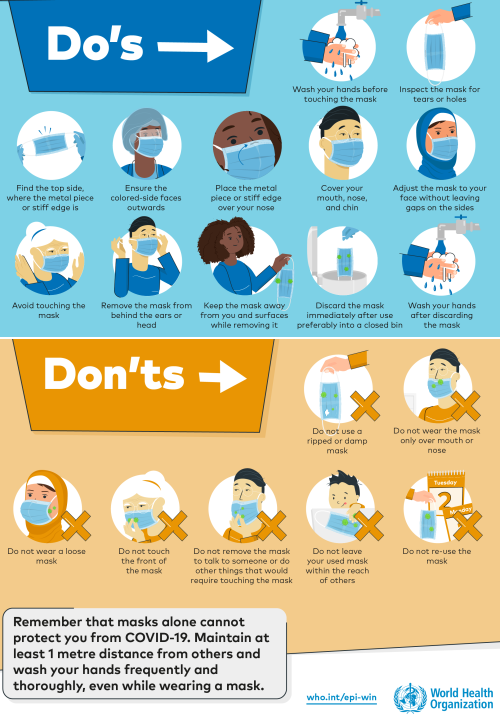Today’s blacklisted American: Illinois threatens to cancel doctor’s license because it doesn’t like his opinions

No first amendment in Illinois
They’re coming for you next: State regulators in Illinois are threatening to take away a medical license of a doctor, Jeremy Heinrichs, because he has publicly challenged the mask mandate being imposed by his state government.
In a provided statement, Henrichs said: “I have considered authoritative medical evidence that questions the necessity of mandatory masking in our schools. As a result, the [Illinois Department of Financial and Professional Regulation] has threatened my medical licensure unless I expressly support and enforce a mask mandate for all students.
“The [IDFPR] has commanded me to ‘toe the line’ or suffer personal and professional consequences,” he added.
…In a separate email, a state medical investigator, whose name was redacted from the email, said a complaint filed against Henrichs “appears to be a parent or concerned citizen who did not agree with the doctor’s opinion on the masking motion for schools. That would fall under the unprofessional conduct part of the medical practice act,” the email said. “What the medical disciplinary board wants to know is if the doctor will support and enforce the mask mandate by the Governor.”

No first amendment in Illinois
They’re coming for you next: State regulators in Illinois are threatening to take away a medical license of a doctor, Jeremy Heinrichs, because he has publicly challenged the mask mandate being imposed by his state government.
In a provided statement, Henrichs said: “I have considered authoritative medical evidence that questions the necessity of mandatory masking in our schools. As a result, the [Illinois Department of Financial and Professional Regulation] has threatened my medical licensure unless I expressly support and enforce a mask mandate for all students.
“The [IDFPR] has commanded me to ‘toe the line’ or suffer personal and professional consequences,” he added.
…In a separate email, a state medical investigator, whose name was redacted from the email, said a complaint filed against Henrichs “appears to be a parent or concerned citizen who did not agree with the doctor’s opinion on the masking motion for schools. That would fall under the unprofessional conduct part of the medical practice act,” the email said. “What the medical disciplinary board wants to know is if the doctor will support and enforce the mask mandate by the Governor.”

